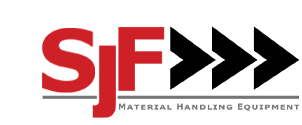Barcode Scanning Conveyors Overview
Barcode scanning is the process of capturing and identifying labels on products, packages, or other items as they move along the conveyor system. These labels include identifying marks such as barcodes, RFID codes, QR codes, or other unique attributes used to identify and track what is on the conveyor. Barcode scanners for conveyor belts are an integral tool used in the conveying automation process. The information captured is communicated and used to manage, sort, and control the destination of each product or package.





